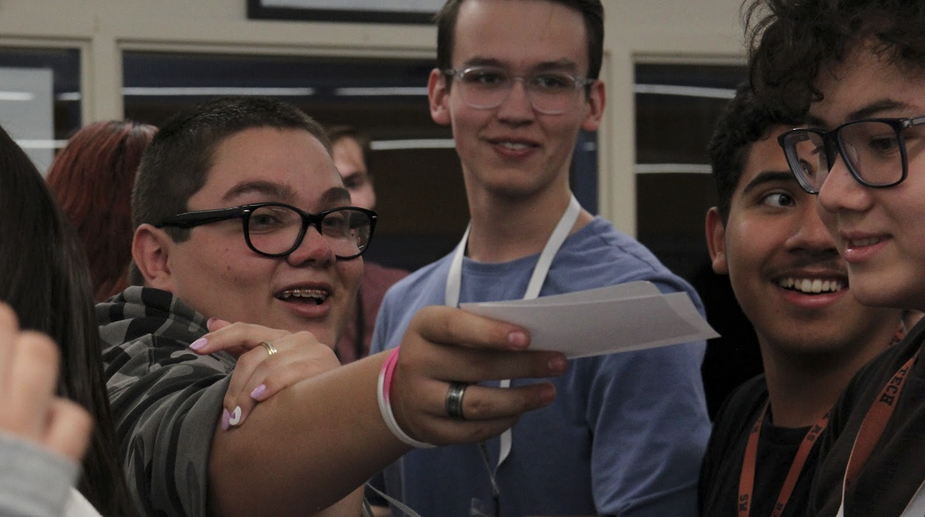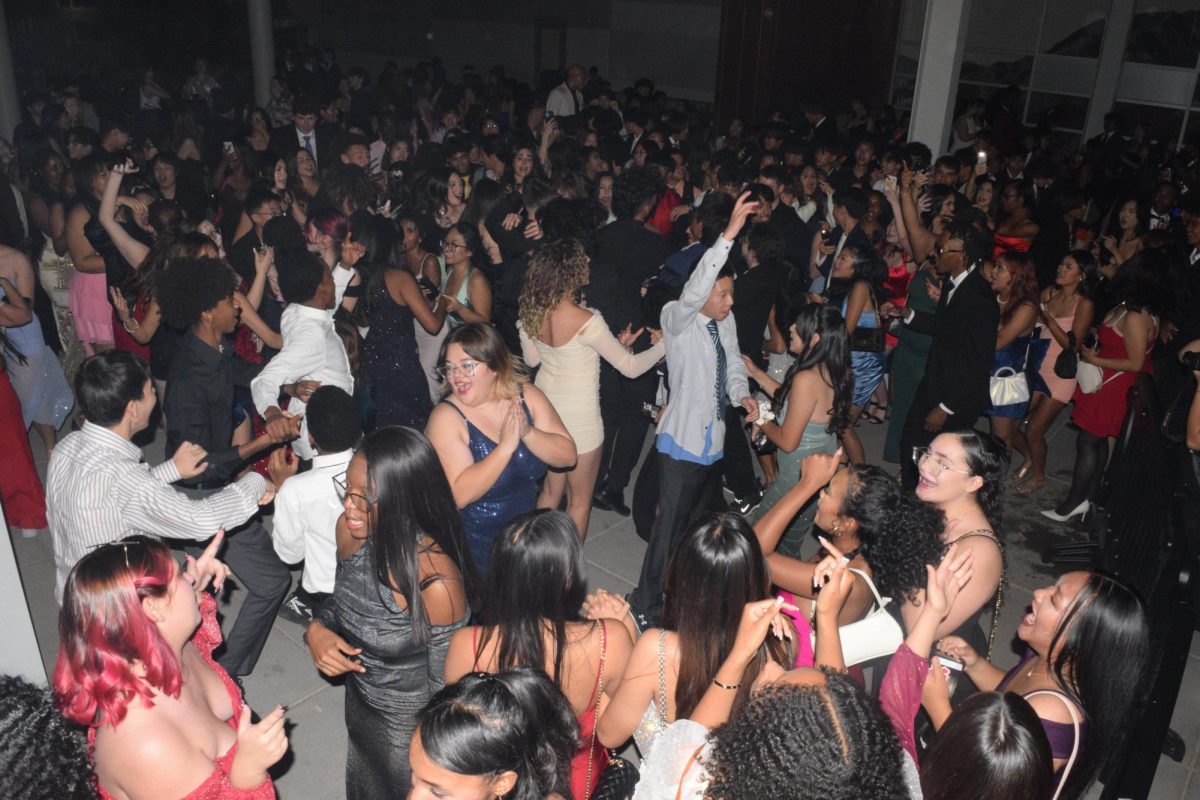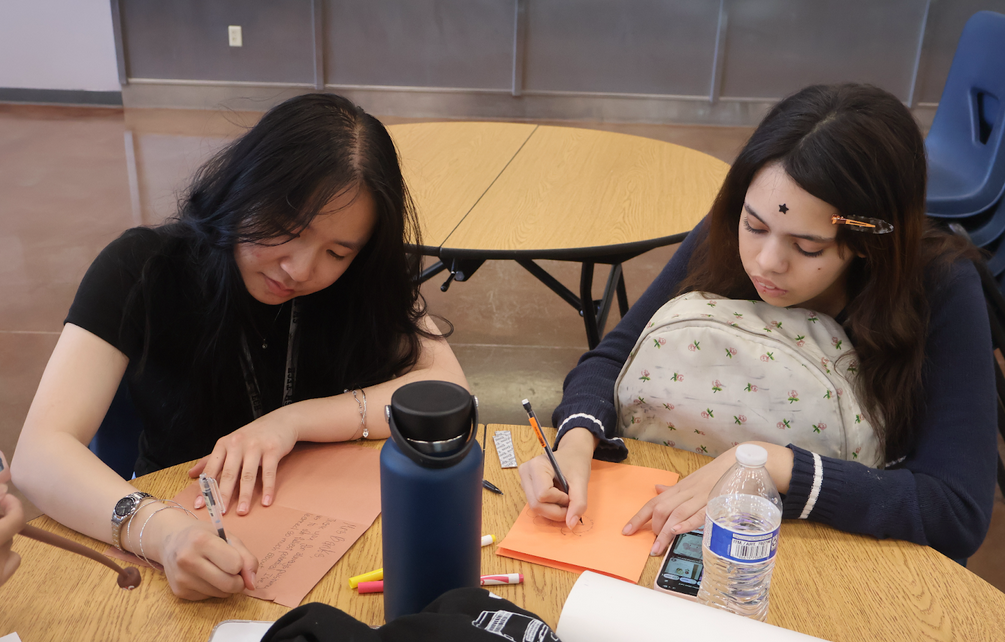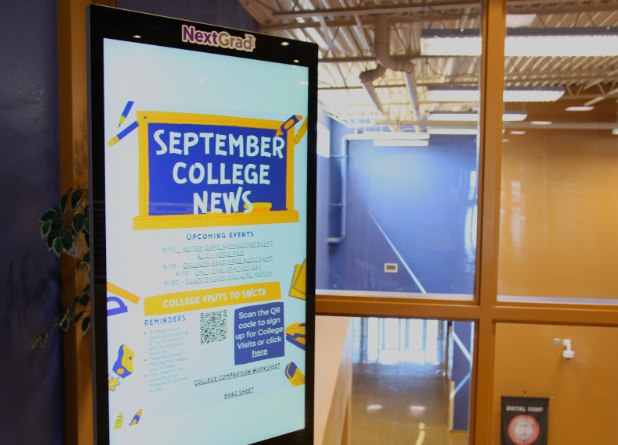With quarter two starting, sophomores are beginning a new chapter revolving around anatomy and physiology in Cynthia Wong’s Respiratory Therapy program.
“Whenever I go through anatomy and physiology, I find that it’s just fascinating how [the] body works,” Wong said. “It’s just incredible when starting to break it down, and realizing what all [the] organ systems do. It’s this huge machine that works together. It’s just amazing how [the] body can do all of that.”
In order to learn the fundamental functions of the body, students are participating in class lectures as well as taking notes off of the Egan’s textbook provided to them by the school.
“The new unit is very interesting,” sophomore Juan Valdez-Sanchez said. “When learning a unit, I get very into it because it’s all new to me. Of course there are some things I already know, but that’s what gets me attached to something new. There is so much I don’t know about the human body, and because I want to be in the medical field, I need to acknowledge and process everything that’s thrown at me. The human body is very complex, so it’s fun to take it apart and learn.”
With limited teaching methods, Wong has faced challenges regarding presenting her lessons. However, through the use of Applied Educational Systems Wong is able to engage the students, making it easier to get the lesson across and give them a deeper understanding.
“I was really excited to finally get [AES], because I didn’t have it at the beginning,” Wong said. “It’s so hard when teaching on a computer screen. I really like discussion. That’s a huge part of gauging if the class is understanding. This learning system finally came up, [and] it’s a break for [students] from me just talking. It’s more interactive for students. So, this [system] is a nice alternative to that, till we can get back to the classroom.”
Through her experience, Wong has used anatomy and physiology to prepare for her career in dentistry, allowing students to better understand how useful it is in the medical fields they wish to pursue.
“When I was in dental school, we had a cadaver lab,” Wong said. “We had to find all the little nerves because when giving anesthetic you have to make sure not to hit nerves because this could paralyze someone. So you need to know where they are, what they do, and that [the] body is all connected. So, there’s a lot of stuff that you need to be aware of.”
When the Anatomy and Physiology unit comes to an end, students will assess their knowledge with a unit test containing ideas like organ structures, tissue types, diseases, and cell reproduction.
“This is the beginning,” Wong said. “So I’m hoping to give them a strong foundation so that they understand. This regular lecturing and the program will help them retain some knowledge. I [want] to give the students a good foundation so that they can relate how things work and so it can spark their curiosity. I love health science. So I just hope that I can pass that on to the students”

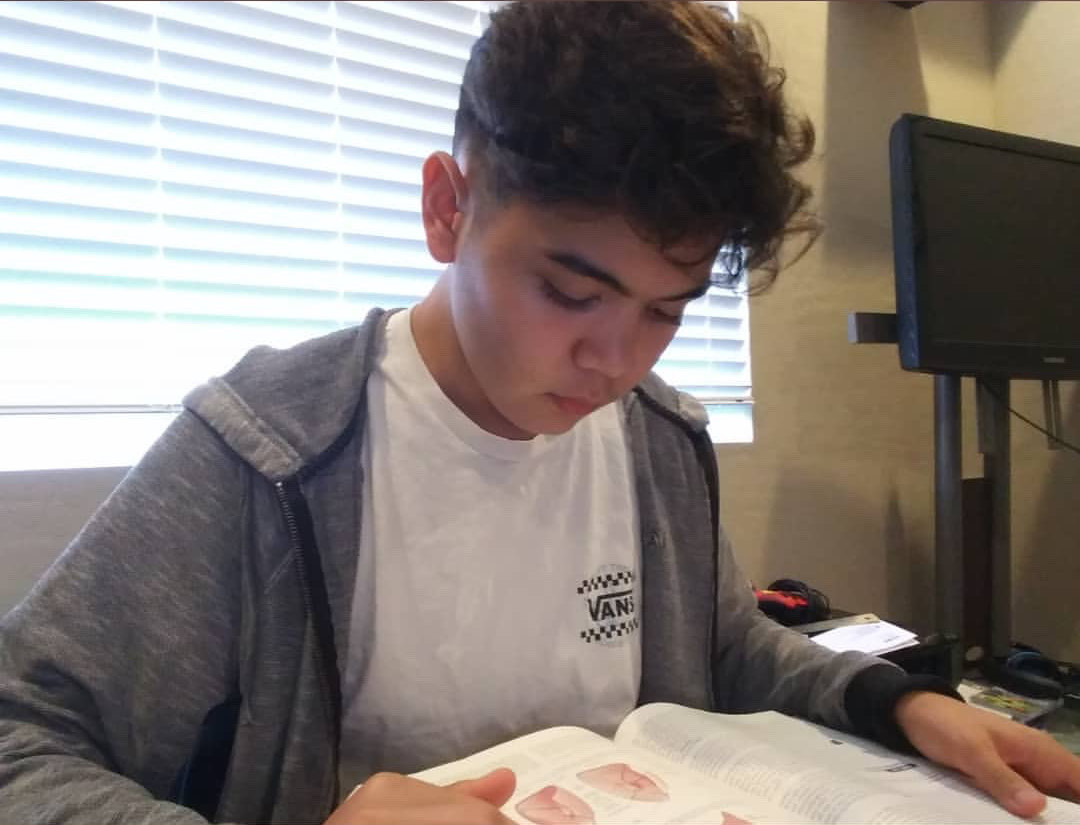


![Arranging the fabric on the floor for a new project, senior Sapphyre-Ann Leung plans out her attire for the next deadline. With the recent closures, students now had limited resources and less margin for error with the fabric and materials they had in stock while trying to reach strict deadlines. “Joann’s had a lot of high-end fabric for our fashion competitions,” Leung said. “We couldn’t just buy ten yards of fabric from Hobby Lobby or Walmart. Since [Joann Fabrics] is no longer open, we have to buy items online, which is way more expensive.”](https://southwestshadow.com/wp-content/uploads/2025/10/IMG_0038-1200x800.jpg)
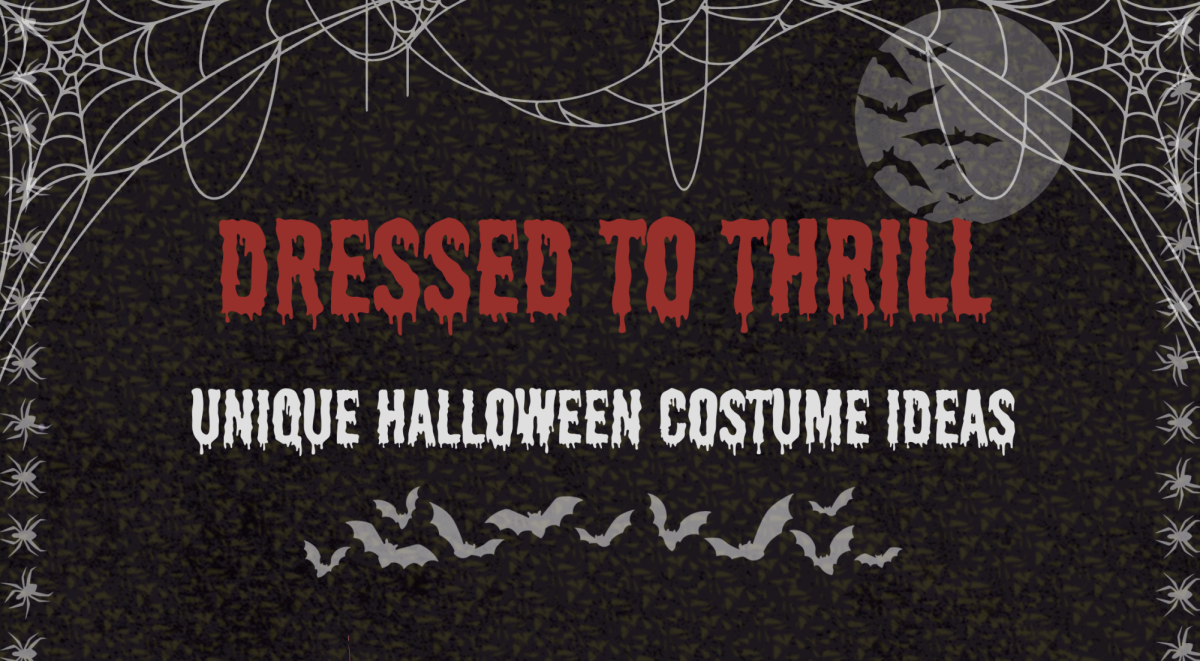

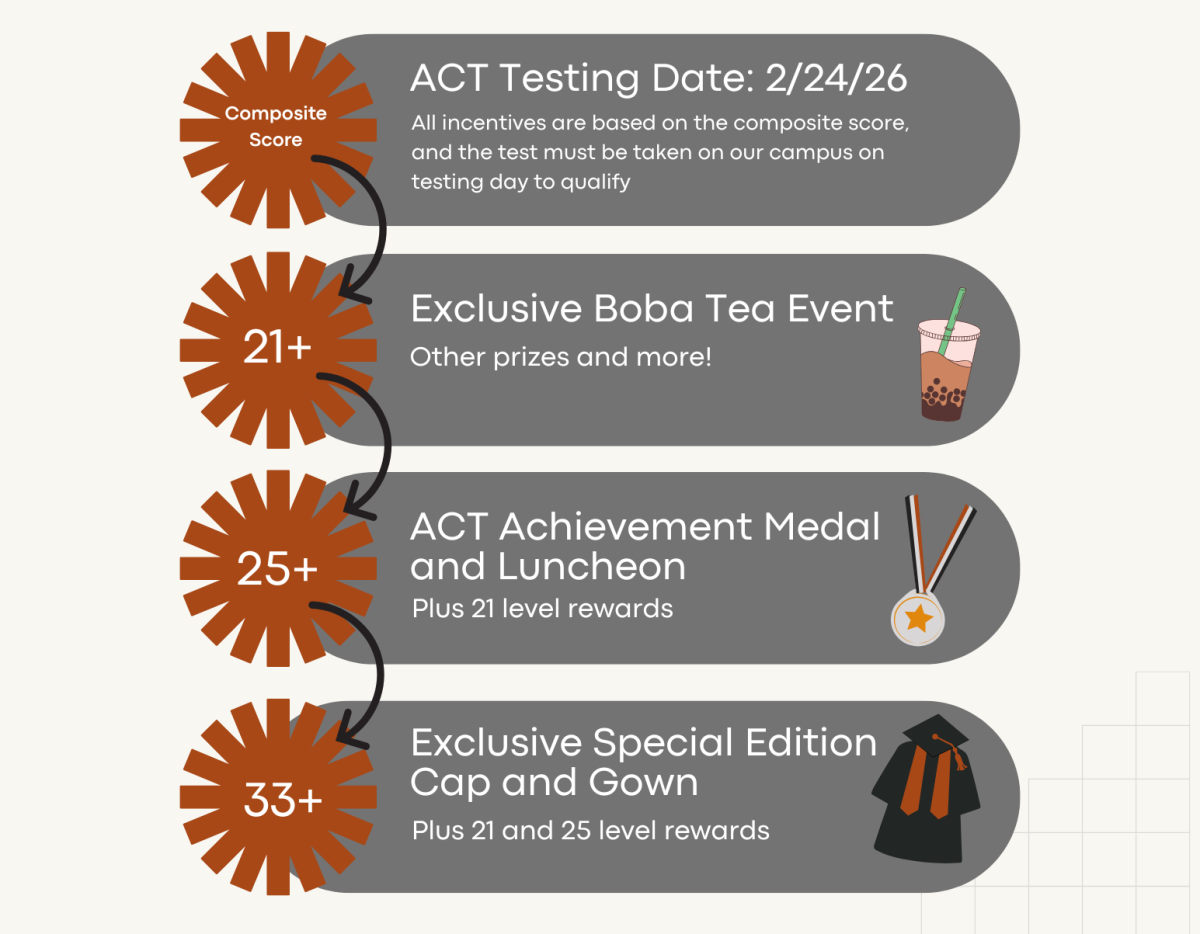

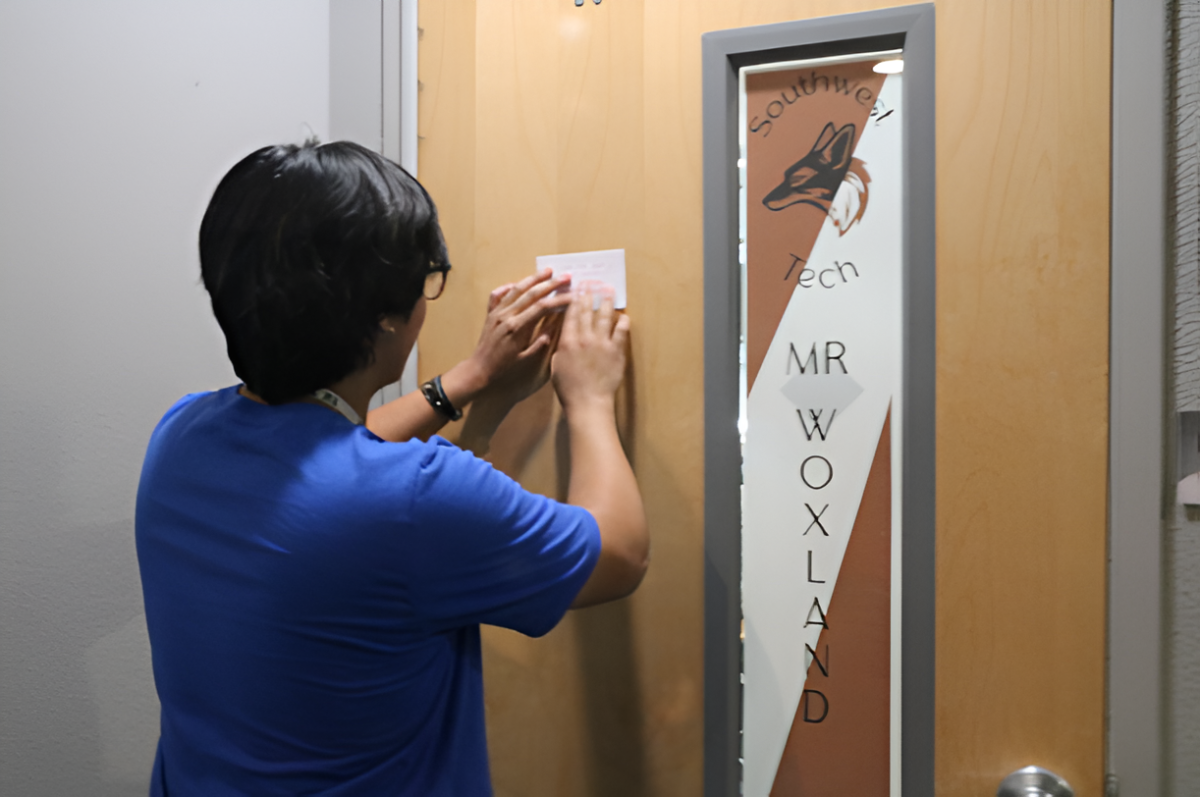
![Practicing the basic skills of nursing, sophomore Natalia Yancey gets her heartbeat checked with a stethoscope. Sophomore nursing students reviewed skills from freshman year. “I’ve always wanted to be in the medical field; it’s been my dream forever,” Yancey said. “Doing [practice skills] so early on is not only an amazing opportunity, but it helps me to prepare for my future.”](https://southwestshadow.com/wp-content/uploads/2025/10/IMG_9843-1200x800.jpg)
